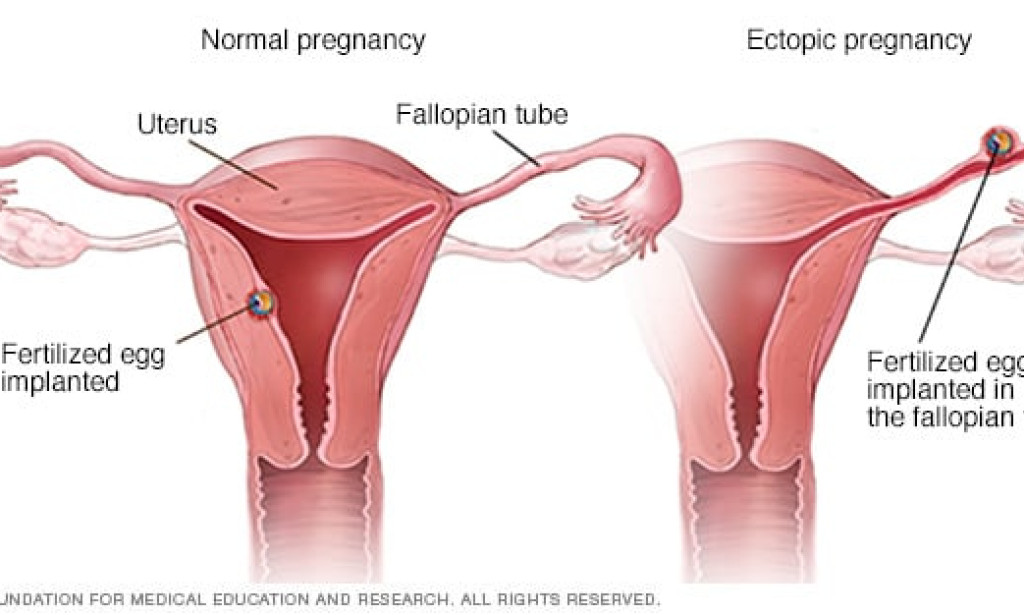ECTOPIC PREGNANCY
I.Introduction
An ectopic pregnancy occurs when the fertilized ovum implants and develops outside the normal uterine cavity. The chance for a successful subsequent pregnancy is reduced after an ectopic pregnancy.
I.1.Definition
An ectopic pregnancy is defined as one in which the fertilized ovum is implanted and develops outside the normal uterine cavity.
II.Classification
Almost 97 percent of ectopic pregnancies occur in the various segments of the fallopian tubes, with most being ampullary implantations. The sites of implantation can be extra-uterine (tubal, ovarian, or abdominal) or uterine (cervical, angular, or corneal).
III.Incidence
The incidence of ectopic pregnancy has increased due to factors such as chronic pelvic inflammatory disease, tubal plastic operations, ovulation induction, and IUD use.
IV.Etiology
Factors responsible for ectopic pregnancy include pelvic inflammatory disease, contraception failure, tubal surgery, previous ectopic pregnancy, prior induced abortion, and transperitoneal migration of the ovum.
V.Clinical Manifestations
Women with a tubal pregnancy have diverse clinical manifestations that depend on whether there is a rupture, including pelvic and abdominal pain, abnormal bleeding, abdominal and pelvic tenderness, uterine changes, and changes in vital signs.
VI.Diagnosis of Ectopic Pregnancy
Advances in ultrasound, particularly transvaginal imaging, and sensitive B hCG assay have improved diagnostic capability. Other diagnostic tools include serum progesterone, novel serum markers for diagnosing cancer antigens, hemogram, sonography (transvaginal and transabdominal), and culdocentesis.
VII.Management of Ectopic Pregnancy
The treatment must be individualized and depends on the clinical presentation. Acute management may include resuscitation and laparotomy or anti-shock treatment, such as Ringer's solution and blood transfusion.

You must be logged in to post a comment.